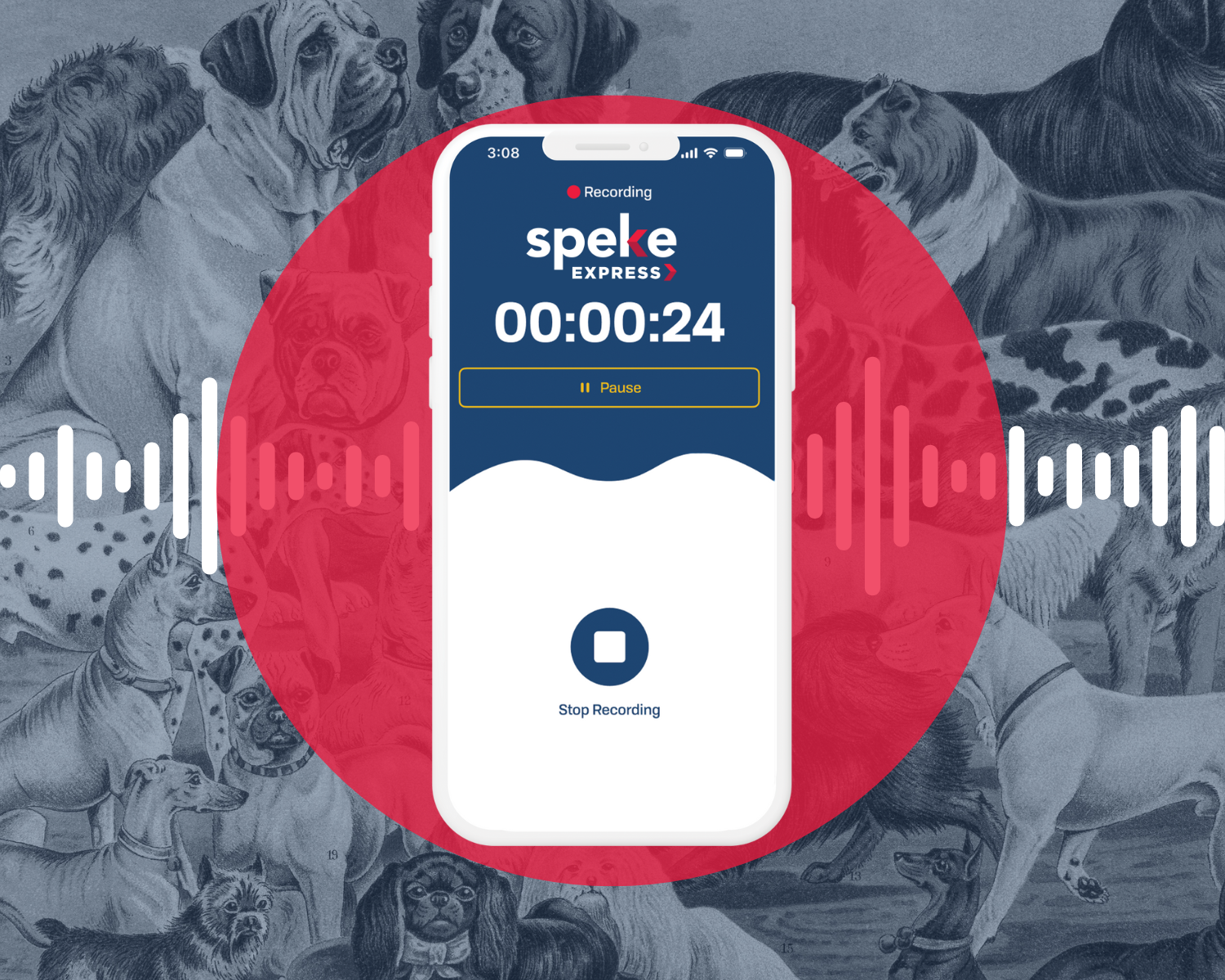If your organization is serious about addressing clinician wellness, you don’t need another survey to do it. Burnout is a well-documented phenomenon in healthcare, with dozens of new studies emerging every year to provide new insights and statistics. The causes for burnout do not change, nor do the solutions: listen to your providers and reduce their workload.
Here’s what you need to know:
The Latest Numbers
One of the latest surveys was conducted by Medscape, an online medical news and clinical information site. Medscape surveyed over 9,000 physicians in more than 29 specialties. The results were released in January 2024 and the statistics are sobering:
- 49% of physicians responded that they were burned out
- Female physicians (37% of the survey respondents) reported being burned out at a higher rate (56% vs 44%)
- Emergency medicine had the highest rates of burnout at a staggering 63%
Another survey, from Arch Collaborative/KLAS Research, contains results from over 20,000 physicians and 32,000 nurses starting in 2018 and going through 2023. A majority of respondents work in large health systems (25,902) or academic medical centers (14,579).
- 34% of physicians and 32% of nurses reported burnout
- Emergency Department and Inpatient clinicians had the highest rates of burnout, both at 36%
- Burnout rates are trending lower compared to 2021, when 34% of physicians and 35% of nurses reported burnout
The Contributing Factors
Medscape survey respondents named their top three contributors to burnout as 1) too many bureaucratic tasks (e.g., charting, paperwork), 2) too many hours at work, and 3) lack of respect from administrators/ employers. Almost half of respondents said “they did not feel like their employers were paying enough attention to burnout levels among physician staff.”
The top contributors to burnout in the Arch Collaborative/KLAS Research survey differed between physicians and nurses. For physicians, staffing shortages were the top contributor, followed by too many bureaucratic tasks, and after-hours workload. For nurses, staffing shortages were also the top contributor, but second was a chaotic work environment, and third, too many bureaucratic tasks.
The thing they all have in common? Too much paperwork.
The Solutions Providers Want
Both surveys asked respondents what their organizations could do to alleviate burnout. Not surprisingly, adding support staff was a chief suggestion by respondents of the Medscape survey.
Responses from physicians and nurses were slightly different in the Arch Collaborative survey. The top two mentions were the same: improve staffing woes and align leadership with physicians and nurses. Physicians marked improving EHR efficiency and decreasing their workload as the next most important solutions. These respondents were more likely to work in academic medical centers and large health systems with complex personnel and administrative structures, which often leads to misalignment between clinical and executive leadership.
Where Health Systems are Failing
While many organizations have encouraged their clinicians to incorporate personal wellness activities and practices, workloads have typically not been reduced to enable participation. Less than a third of hospitals with 500+ beds have established a Chief Wellness Officer to oversee programs to alleviate burnout.
Much of the burden is put on clinicians to improve their own wellness and mental health, rather than organizations tackling staffing and workload woes. Unfortunately, there are simply not enough physicians and nurses to meet demand. But there are ways to address these common causes of burnout.
How to Add Operational Support
If organizations simply started by believing the thousands of surveys that have already been conducted, including the two referenced above, they could skip months of unnecessary fact-finding and skip straight to solutions.
In “Fulfilling the Quadruple Aim of Healthcare with AI,” MedCityNews reports, “Physicians spend over 15 and a half hours per week on paperwork and administrative tasks according to new research, and nearly an hour and half of “pajama time,” or after hours work, on their administrative tasks.”
EHRs aren’t designed for clinical efficiency, they’re designed for comprehensive data collection. Clinicians ask for more efficient EHRs because they want to dedicate their focus on patients, not paperwork. The addition of medical scribes can help alleviate this burden while maintaining efficiency and quality of documentation.
Medical scribes can document the encounter and chart in real time, often providing additional support with pre-charting and other administrative duties. And a scribe doesn’t have to be in the room to do this. Virtual scribes, scribes supported by AI, and AI solutions built on qualified scribing experience can all be leveraged to alleviate burdens on clinicians. The solutions are already available. All an organization needs to do is commit to making a difference for their patients, their providers, and their performance.
Article References:
https://www.advisory.com/daily-briefing/2024/01/31/physician-burnout
https://medcitynews.com/2023/11/fulfilling-the-quadruple-aim-of-healthcare-with-ai/
https://www.annfammed.org/content/15/5/419.full https://www.scribeamerica.com/blog-post/the-data-on-scribes/



